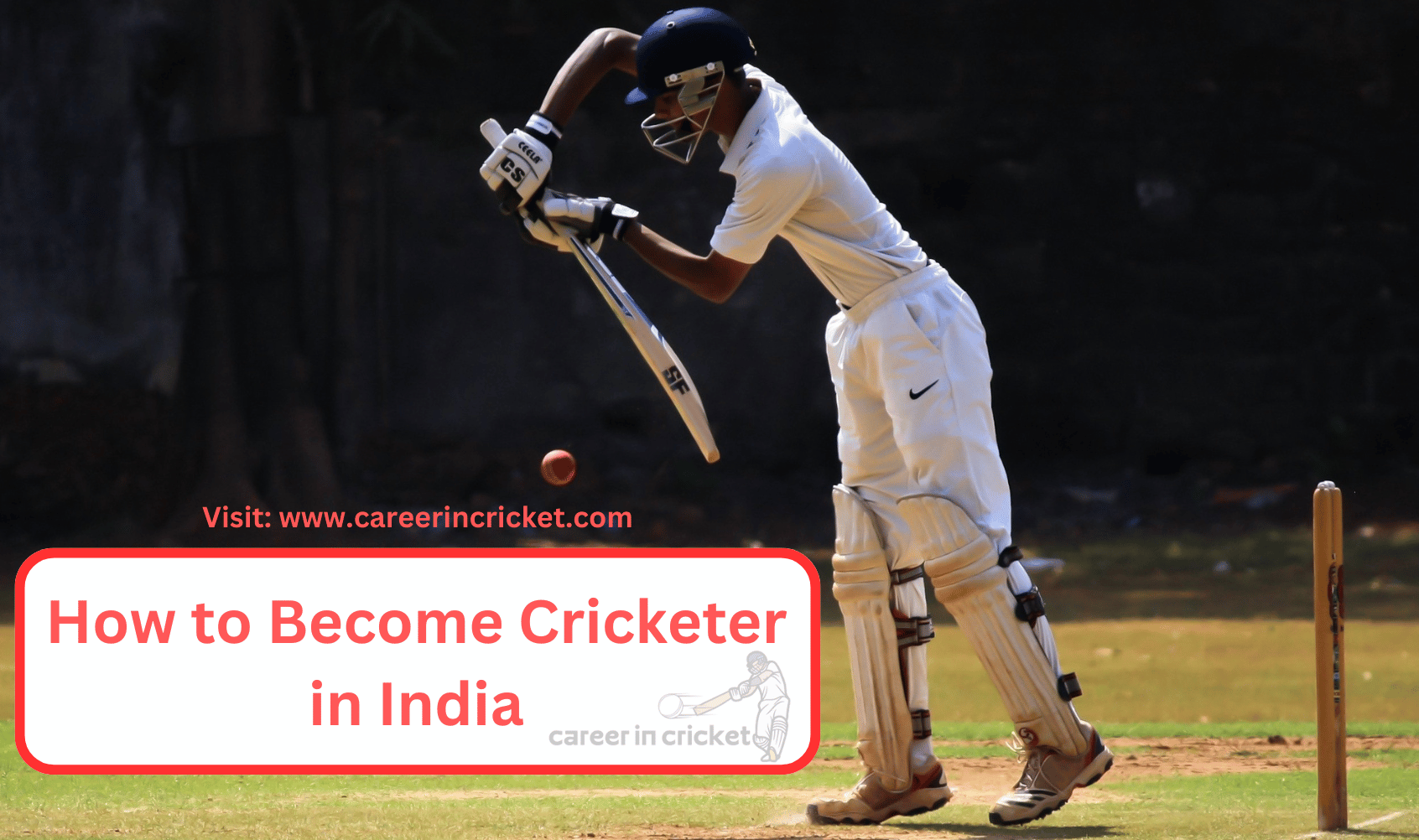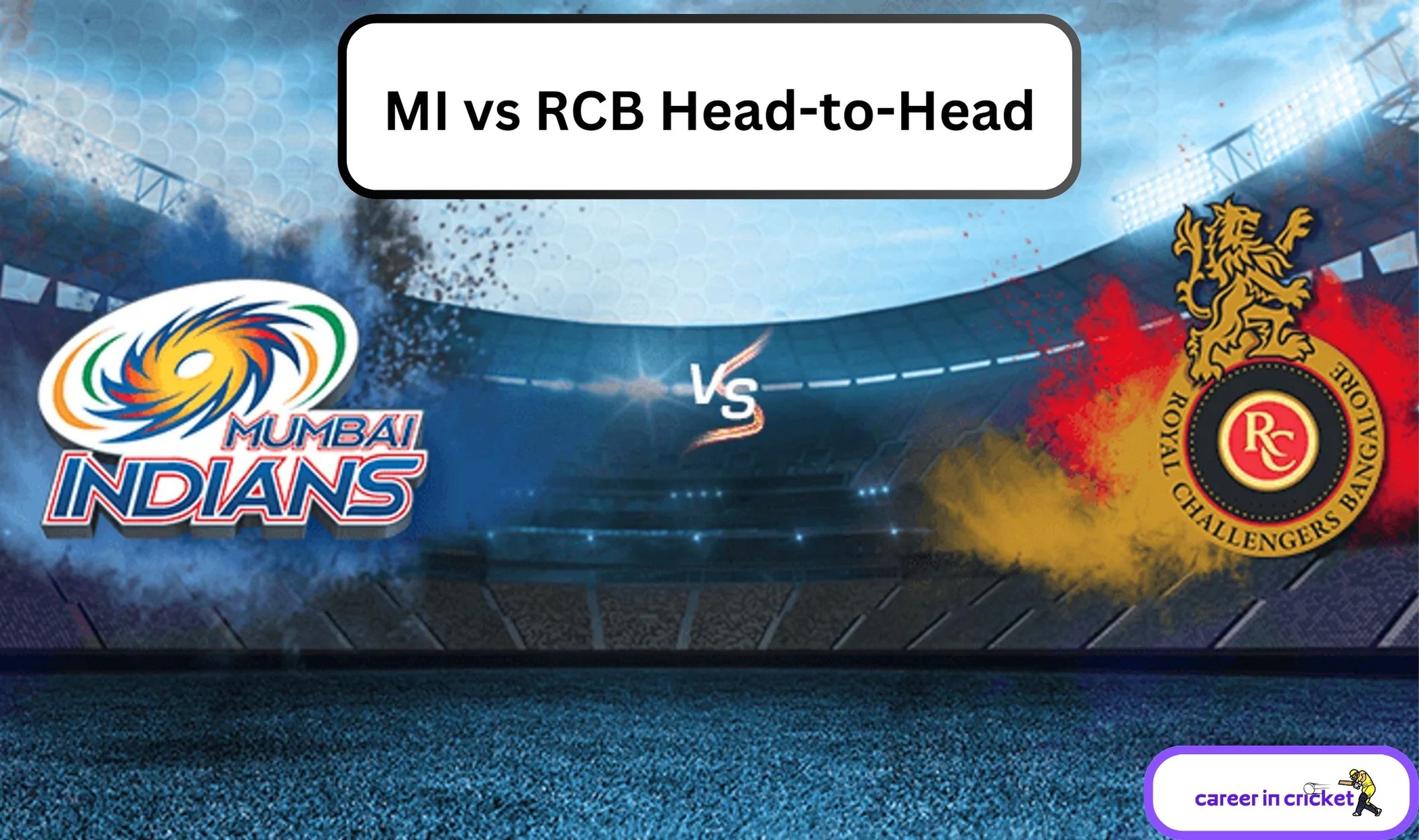Fitness is the foundation of a successful cricket career. Whether you're a batter, bowler, wicketkeeper, or all-rounder — staying in peak physical condition can drastically improve your performance, reduce the risk of injury, and extend your playing years.
This blog offers a step-by-step guide to building the right fitness for aspiring cricketers, including workout routines, nutrition, and recovery practices tailored for cricket.
1. Why Fitness Matters in Cricket
Modern cricket demands more than just skills with the bat or ball:
Batters need agility, core strength, and focus for long innings.
Bowlers need explosive power, endurance, and joint stability.
Wicketkeepers require flexibility, speed, and reflexes.
Fielders need quick reactions, sprinting ability, and balance.
Without a structured fitness plan, injuries, fatigue, and poor performance can derail your progress.
2. Cricket-Specific Workout Routine
A balanced workout program for cricketers includes:
🔹 A. Warm-Up (10–15 mins daily)
Dynamic stretches (arm circles, leg swings)
Light jogging or skipping
Mobility drills for shoulders, hips, and ankles
🔹 B. Strength Training (3–4 times/week)
Focus on functional strength over bulk:
Squats, lunges, deadlifts (for legs and core)
Push-ups, pull-ups, shoulder presses (for upper body)
Core work: planks, Russian twists, leg raises
Note: Use moderate weights with higher reps for lean strength.
🔹 C. Endurance & Stamina
Interval running (sprint 30s, walk 30s x 10)
Long-distance runs (3–5 km) twice a week
Shuttle runs and beep test practice
🔹 D. Speed & Agility
Ladder drills, cone drills
Sprint training (10m, 20m bursts)
Quick direction change drills
🔹 E. Flexibility & Recovery
Static stretches post-training
Weekly yoga or Pilates to enhance flexibility
3. Cricketer’s Diet Plan
Your diet plays a crucial role in recovery, muscle growth, and performance.
🔹 A. Macronutrient Balance
Carbohydrates (50–60%): Brown rice, oats, fruits — fuel for energy
Proteins (20–25%): Eggs, lean chicken, paneer, dal — for muscle repair
Fats (15–20%): Nuts, seeds, olive oil — for brain and joint health
🔹 B. Pre-Training Meal
Eat 1–2 hours before practice
Include carbs + protein (e.g., banana + peanut butter sandwich or oats with milk)
🔹 C. Post-Training Meal
Consume within 30 minutes
Focus on protein + simple carbs (e.g., boiled eggs + fruit, whey protein shake + banana)
🔹 D. Hydration
Drink at least 3–4 liters/day
Include coconut water, ORS, or electrolytes after sweating sessions
🔹 E. Avoid
Sugary drinks, excessive caffeine
Fried food and processed snacks
4. Recovery & Rest
Recovery is when your body gets stronger. Ignoring it can lead to fatigue and injury.
🔹 A. Sleep
Aim for 7–9 hours/night
Maintain a consistent sleep routine
🔹 B. Active Recovery
Light jogging, swimming, or walking on off days
Foam rolling and massage therapy
🔹 C. Injury Management
Listen to your body
Use ice packs for inflammation, and consult a physio for any pain that lasts more than 2 days
Also Read: How to Get Selected for State-Level and IPL Trials in India
5. Weekly Training Schedule Sample
Conclusion
Fitness isn’t just an add-on — it’s a necessity if you want to pursue a serious cricket career. Start building habits early, stay disciplined, and treat your body like a performance machine.
Remember, the best players train hard on and off the field.
🔎 Explore More
Visit careerincricket.com for more guides, academy listings, and resources to boost your cricketing journey.












